With its ethereal glow and mystical shimmer, moonstone has enchanted jewelry lovers, collectors, and crystal enthusiasts for centuries. Whether you’re eyeing a statement ring, delicate earrings, or an investment-grade gem, buying moonstone isn’t just a purchase — it’s an experience.
In this guide, we’ll walk you through everything you need to know before buying moonstone. We’ll explore its origins, quality grading, pricing, varieties, symbolism, and tips to avoid synthetic or low-quality stones. If you're shopping for yourself or someone special, consider this Moonstone buying guide your go-to reference for making a confident and informed decision.
Where Does Moonstone Come From?
There are multiple sources for finding moonstone, but the most valued deposits are found in
- Sri Lanka: It is known for the highest-quality blue moonstones.
- India: It is known for producing colorful and rainbow varieties, often carved or cabbed.
- Myanmar (Burma): It is known for producing high-grade material with strong adularescence.
- Madagascar & Tanzania: It is growing in popularity for large, clean stones.
- United States (Virginia, Pennsylvania): Minor deposits exist, primarily of collector interest.

Sri Lankan blue moonstone is the most prized, often fetching premium prices due to its translucent body and intense blue sheen.
Before buying, learn the unique traits of each variety in our blog: Types of Moonstone Explained: From Rainbow Moonstone to Classic Blue Sheen.
Types and Varieties of Moonstone
Before you buy Moonstones, understanding the different moonstone varieties helps you choose one that suits your taste and budget.
1. Classic Blue Moonstone
- It features a colorless body with a blue sheen.
- It is most valued and rare.
- It is typically from Sri Lanka.
2. Rainbow Moonstone
- It is actually a variety of labradorite (still part of the feldspar family).
- It displays a multicolored shimmer.
- It is popular in bohemian and artisanal jewelry.
- It is often mined in India or Madagascar.
3. Peach, Gray, and Green Moonstone
- It is found in India and Tanzania.
- These colored moonstones are more earthy and subtle in tone.
- They have less adularescence but are prized for color variation.
4. Cat’s Eye Moonstone
- They exhibit chatoyancy — a linear band of reflected light.
- They are very rare and unique in appearance.
Once you buy moonstone, knowing how to maintain its glow is key—read Caring for Your Moonstone: How to Clean, Charge & Activate for Maximum Energy.
How to Evaluate Moonstone Quality before Buying
Like diamonds and other gemstones, moonstone is evaluated on the 4Cs—with a twist. Here’s how to judge moonstone quality before buying it:
1. Clarity
In terms of clarity, moonstone is a little different from other stones. The more transparent the stone, the more valuable it is.
It is so because transparency allows the adularescence to shine properly, which helps in deciding the stone’s value. Inclusions can create a "centipede" look — which may or may not be desirable depending on the stone’s appeal. Sometimes having inclusions can also be important in checking if the stone is natural or man-made.

2. Color
Moonstone’s body color can range from colorless to peach, gray, or even green. Usually people prefer the colorless body because that allows the blue adularescence to shine properly, which is of the highest quality.
However, rainbow moonstones should show vivid flashes of multiple colors.

3. Cut
Moonstone is majorly cut as a cabochon (rounded and polished ). A high dome allows the moonstone to enhance its adularescence as it reflects on the top.
While cutting, maintaining precision is important to ensure that the sheen is centered and symmetrical. Faceted moonstones also exist, but they are considered to be more fragile and less traditional.

4. Carat (Size)
Moonstones are available in a wide variety of ranges and sizes. Fine blue moonstones above 5 carats can become very expensive due to their rarity.
Rainbow moonstones are more commonly found in larger sizes at affordable prices.

If budgeting matters, learn smart buying tips in How to Calculate Cost Per Carat for Bulk Gemstone Purchases in Jewelry Making.
Identifying Genuine vs. Synthetic or Fake Moonstone Before Shopping
With moonstone’s growing popularity, some sellers offer fake or low-quality imitations. Here’s how to identify real Moonstone before you buy one:
Tips to Avoid Fake Moonstone While Buying:
- Adularescence Test: Fake stones often lack the floating light effect.
- Touch Test: Real moonstone feels cool to the touch, like most genuine gemstones.
- Price: If the price seems too good to be true, it probably is. Looking at the stone’s popularity and demand, make sure you don’t fall for those steal deal traps.
- Ask for Certification: Especially for high-end pieces. A trusted lab (e.g., GIA, IGI) can certify natural moonstone.

Moonstone Pricing: What to Expect
Moonstone prices vary dramatically depending on type, quality, and size. Below mentioned chart is going to help you to select the right Moonstone to buy according to your budget.

Note: Jewelry settings, brand markup, and precious metal use (silver, gold) will increase the overall price.
New to moonstones? This simple breakdown, Gemstone 101: Moonstone, is the perfect starting point.
How to Choose the Right Moonstone Jewelry
Here’s how to buy moonstone smartly based on your needs:
For Everyday Wear
- Opt for bezel-set moonstone rings or pendants.
- Choose protective designs due to moonstone’s softness.

For Gifting
- Rainbow moonstone is versatile and budget-friendly.
- Look for handmade or artisan-crafted pieces for uniqueness.

For Investment
- Go for high-grade blue moonstones with excellent clarity and sheen.
- Get certified stones with documentation of origin and authenticity.

Where to Buy Moonstone (Safely)
Reputable Online Retailers:
- Etsy Great for artisan pieces. Check reviews and seller ratings.
- GemstonesForSale For higher-end stones with certification.
Local Options:
- Jewelry stores with gem experts or certified gemologists.
- Gem shows and crystal fairs — often offer rare pieces at lower markups.
Red Flags:
- Vague descriptions. Make sure that you know extensively about the seller. If they have no reviews to show, you should probably hit the exit door.
- No return policy.
- Overuse of phrases like "moonstone-like" or "moonstone crystal" without clear info.
Moonstone Buying Checklist
Before purchasing, make sure you’ve considered:
- [ ] Do I know what type of moonstone I want (blue, rainbow, peach)?
- [ ] Does it have visible, centered adularescence?
- [ ] Is the stone clean and free from major inclusions?
- [ ] Does the seller provide origin or certification details?
- [ ] Is the setting protective enough for regular wear?
- [ ] Am I getting a fair price based on type and carat size?

Final Thoughts
Buying moonstone isn’t just about owning a beautiful gem — it’s about connecting with something timeless and magical. Whether you're drawn by its visual beauty, spiritual meaning, or unique glow, moonstone is a gemstone that speaks to the soul. Take your time, choose wisely, and enjoy the journey as much as the stone itself.
If you’re ever in doubt, consult a gemologist or reach out to reputable sellers with questions. A genuine moonstone, properly cared for, can become a treasured piece for a lifetime — or even be passed down as a family heirloom.
FAQ
Q: Is rainbow moonstone a real moonstone?
Ans: It’s technically a variety of labradorite but is closely related and valued for its multicolored glow.
Q: Can moonstone get wet?
Ans: Occasional water contact is fine, but prolonged exposure can damage softer settings or metals.
Q: Why is blue moonstone so expensive?
Ans: Its scarcity and intense adularescence make it the most sought-after variety — especially from Sri Lanka.
Visited 962 No. of Time(s), 99 Visit(s) Today

Arya Kapoor
Hi, I’m Arya Kapoor — a storyteller at heart and a curious soul always chasing ideas. Writing is where I find clarity, connection, and a bit of magic. Whether it’s diving deep into a subject or simply sharing everyday musings, I love turning thoughts into words that resonate.
Never Miss a Post from Gemstones For Sale!




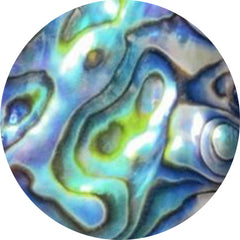

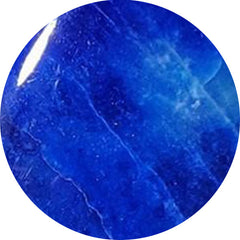



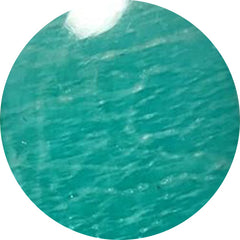



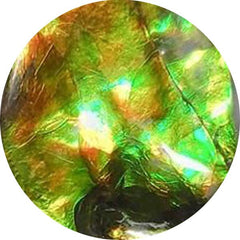
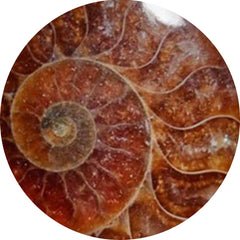

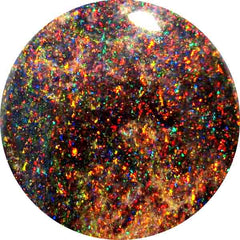

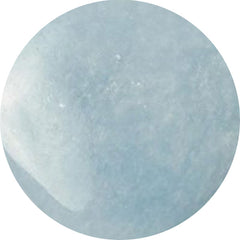
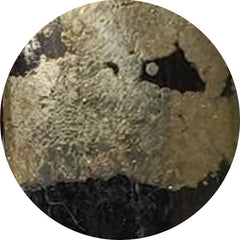

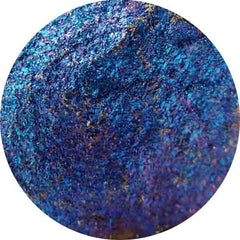
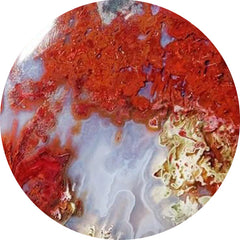
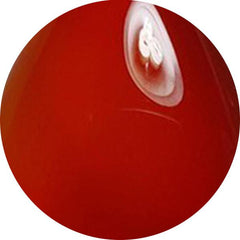
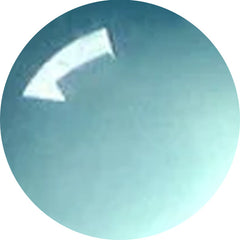
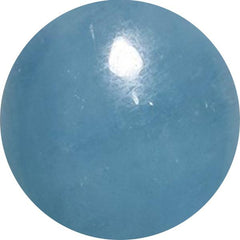
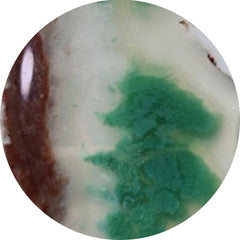
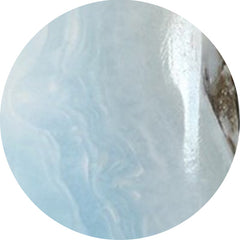





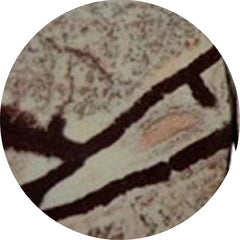

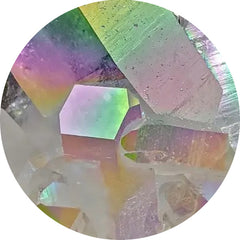
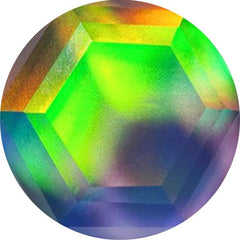

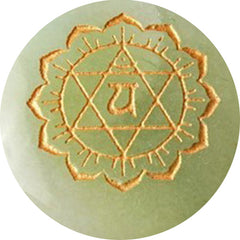

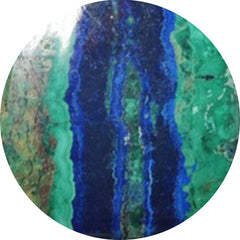
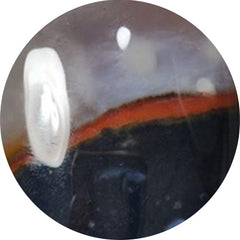
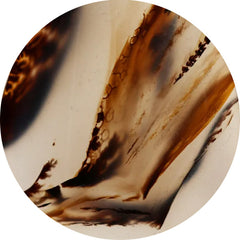


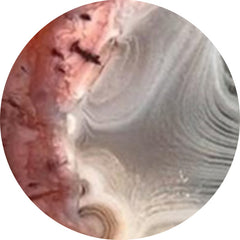
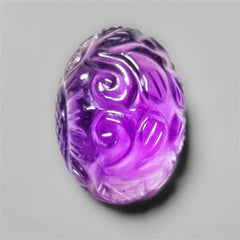
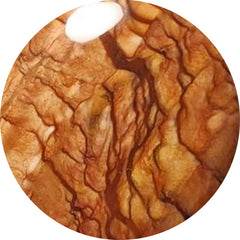




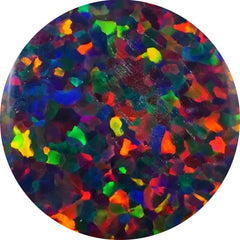
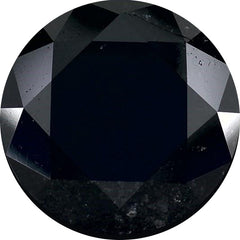
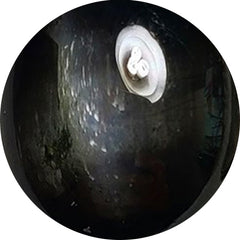

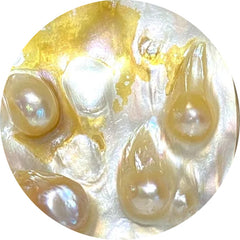

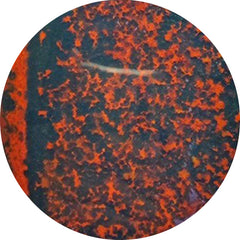
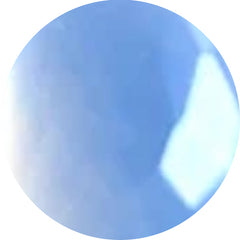
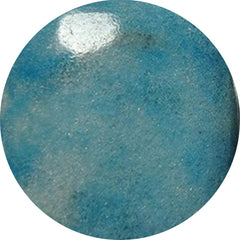

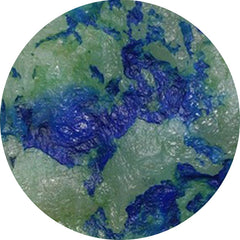
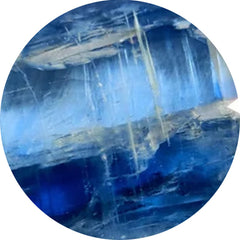
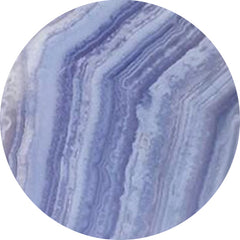
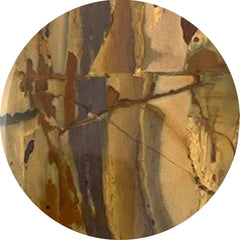


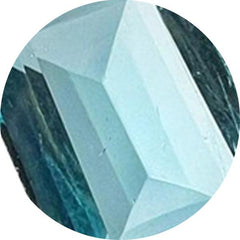
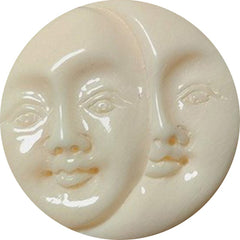
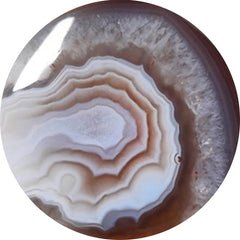

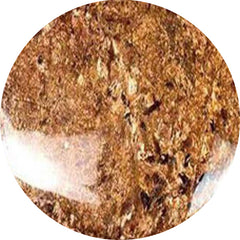
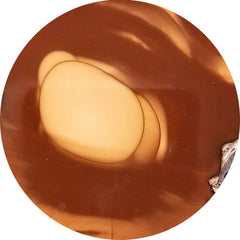
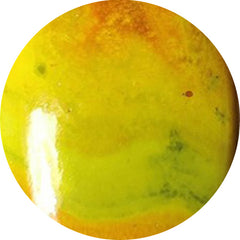

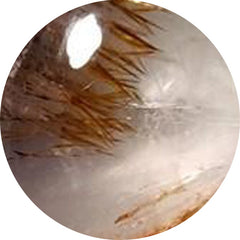
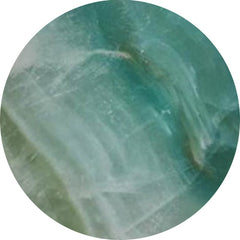

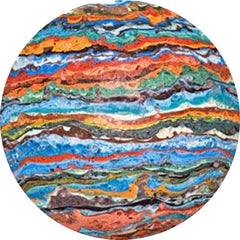
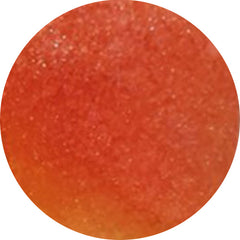

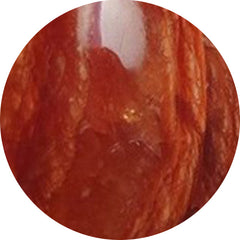
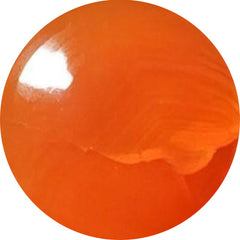

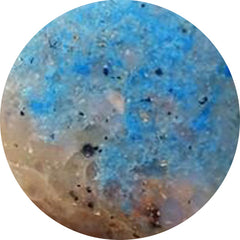





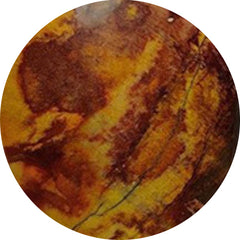
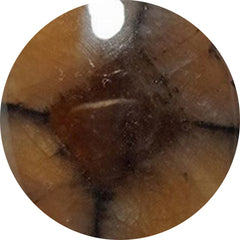
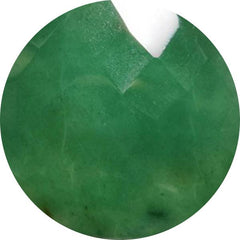
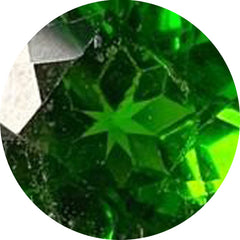

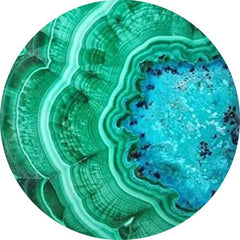

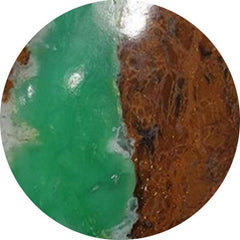
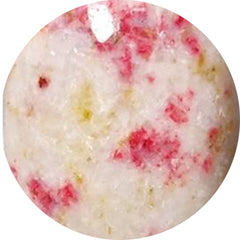


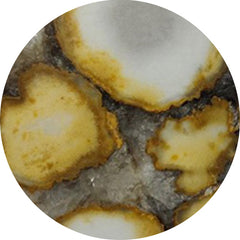
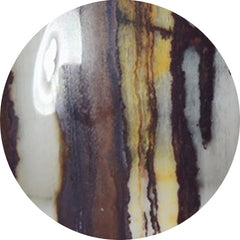

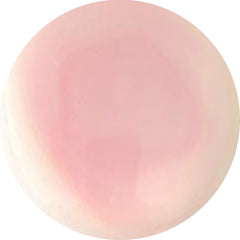

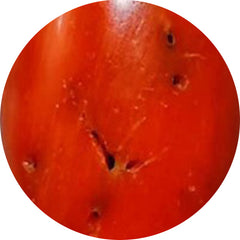
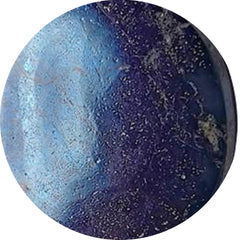
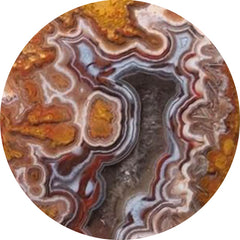
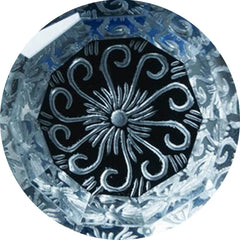




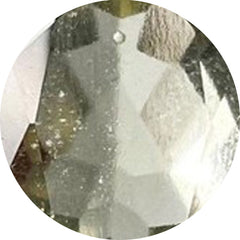
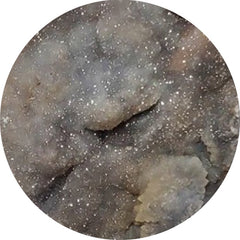
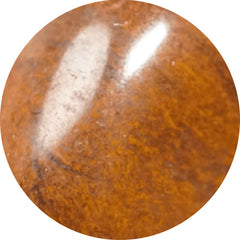
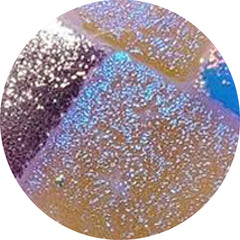


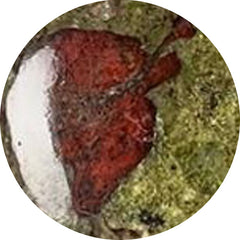


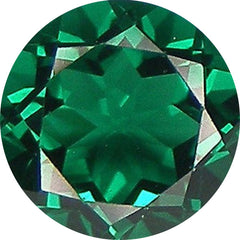
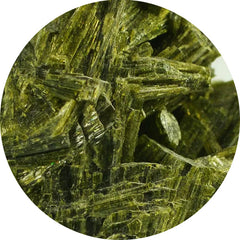
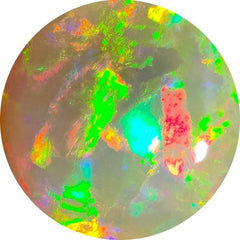

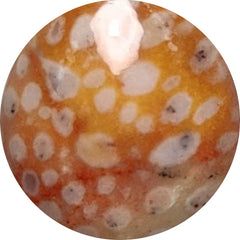

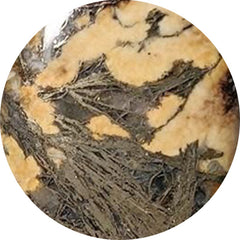


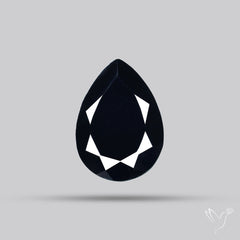
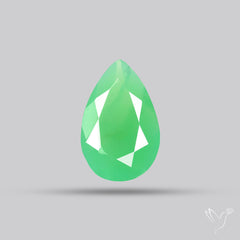











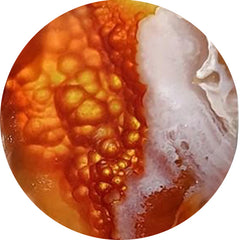
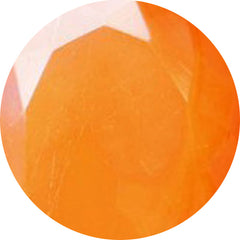
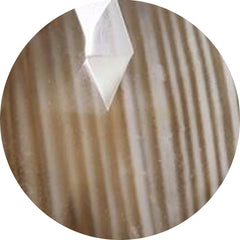
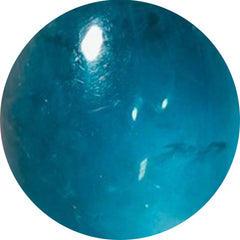

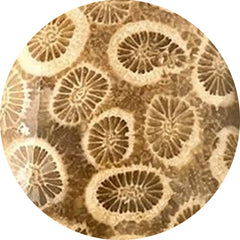
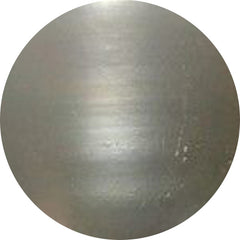
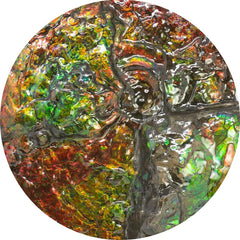
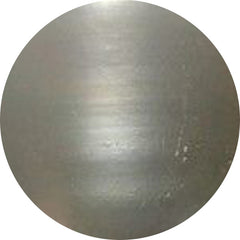
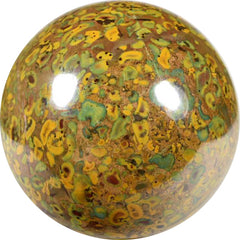

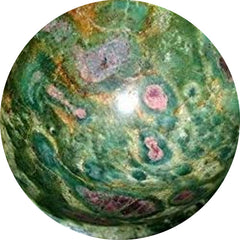
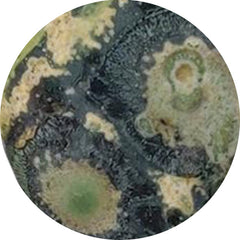
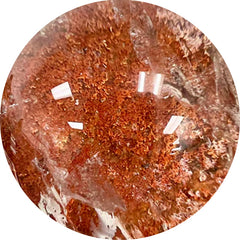
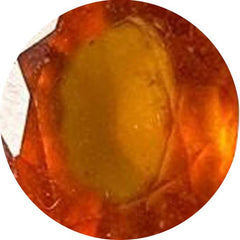

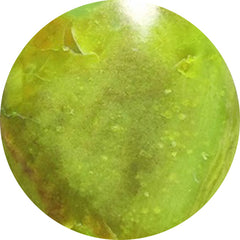
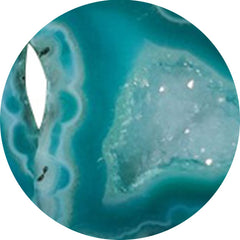
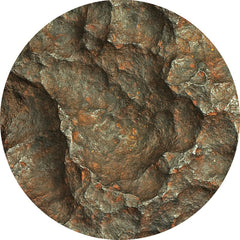
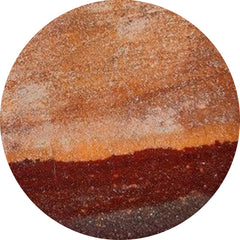
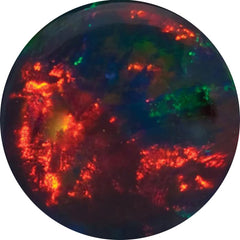
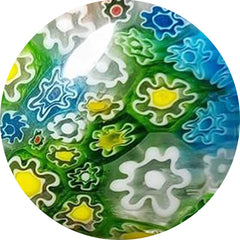

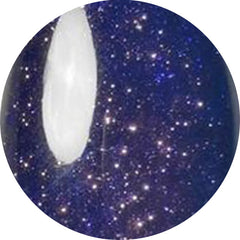
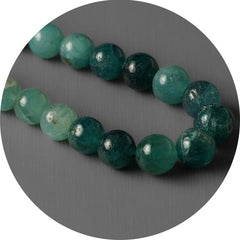
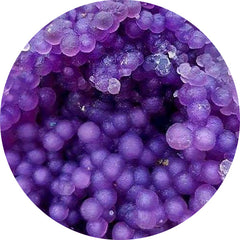
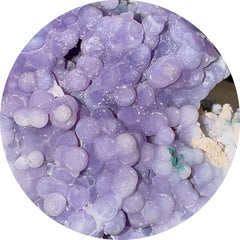
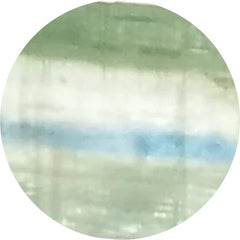
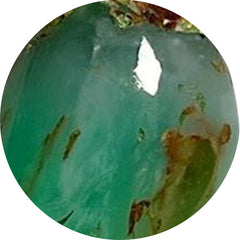

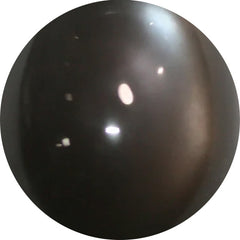




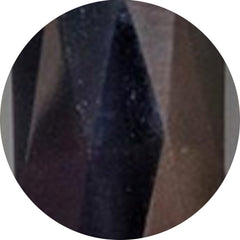

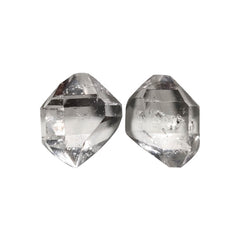
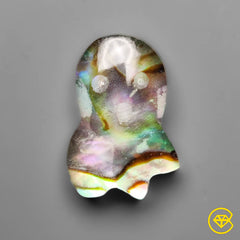

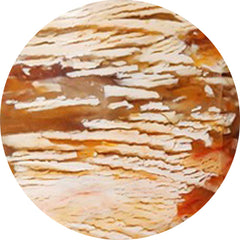

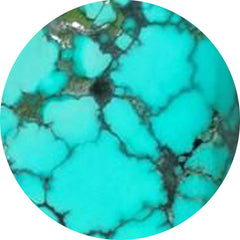
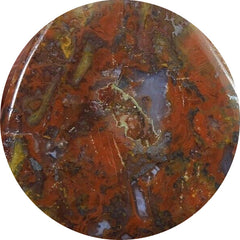



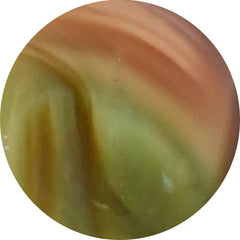



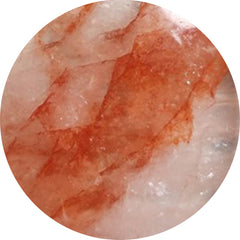
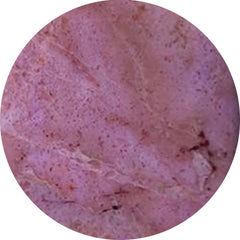
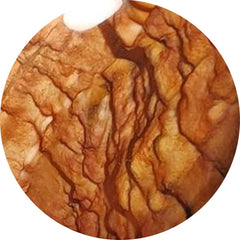
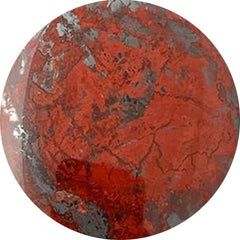
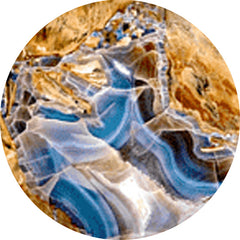
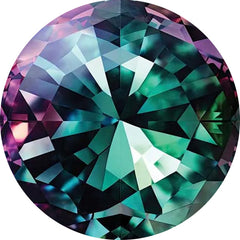

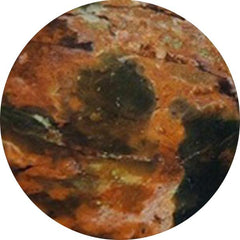
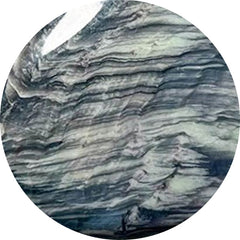
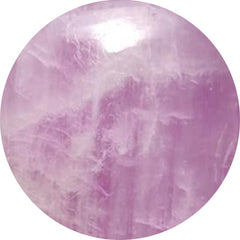
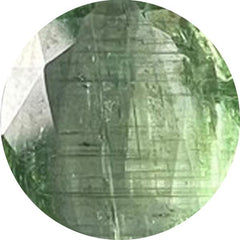

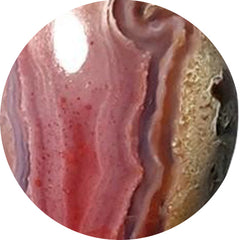


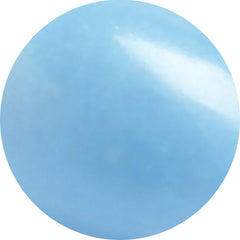




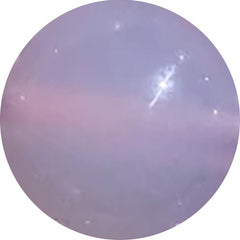
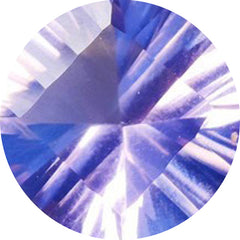
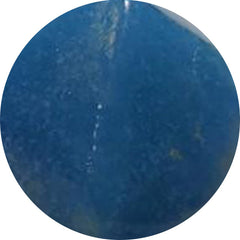
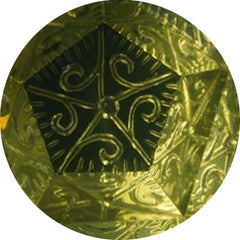
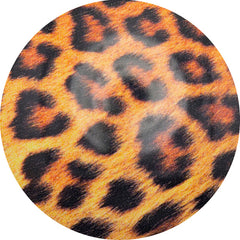
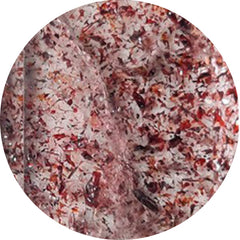
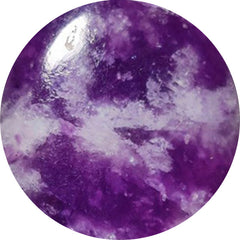
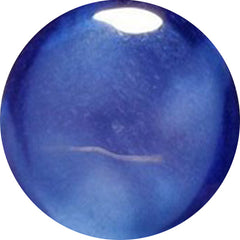






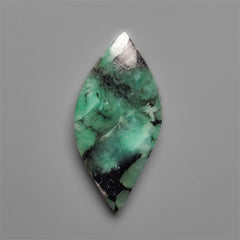

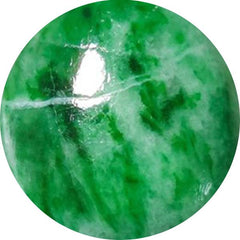
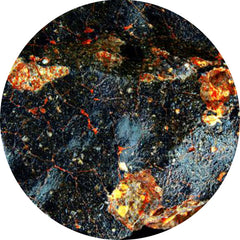





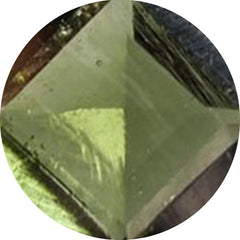
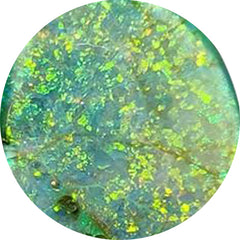
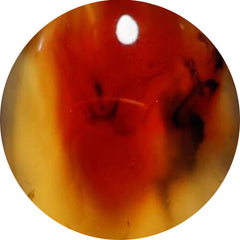

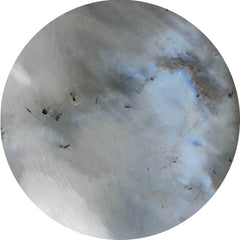


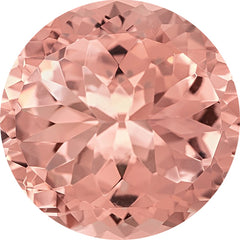
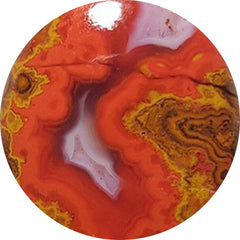


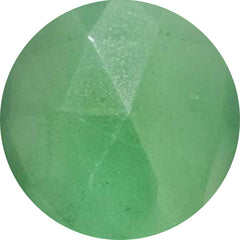
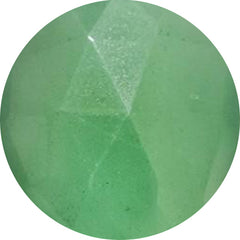
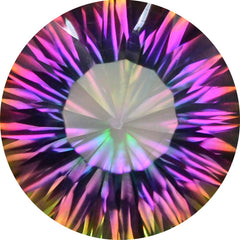
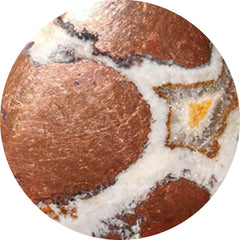

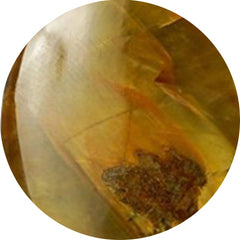
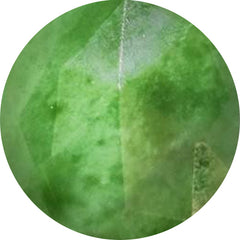
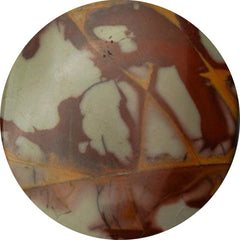
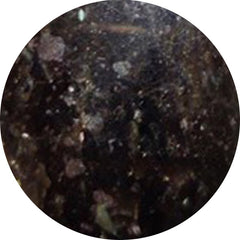
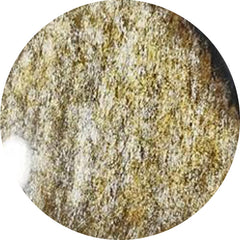
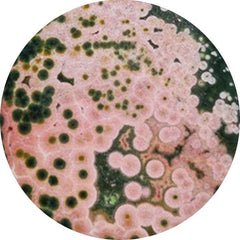
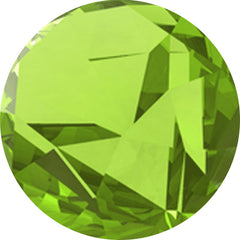
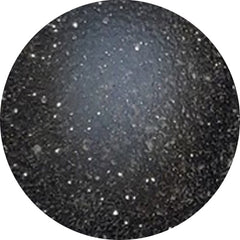
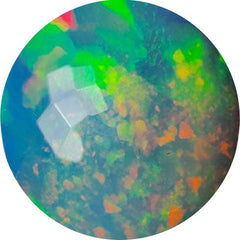
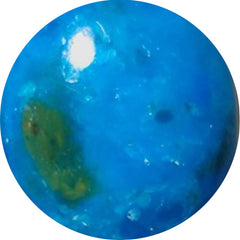

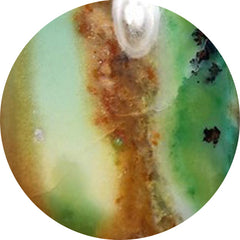

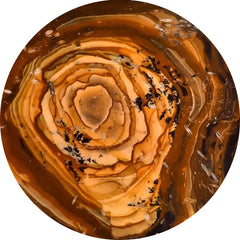
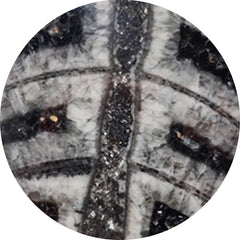


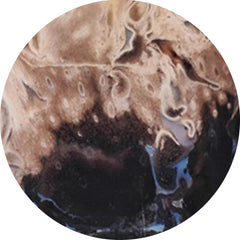
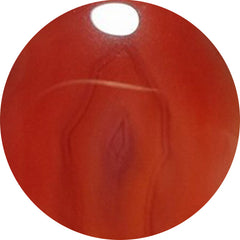
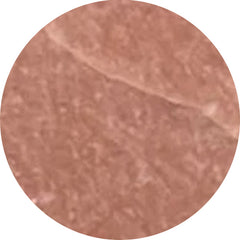
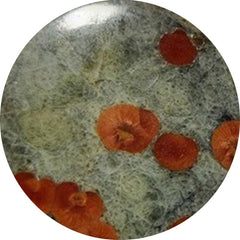
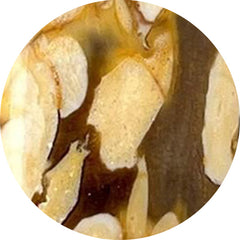

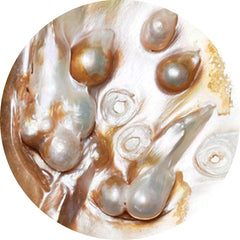
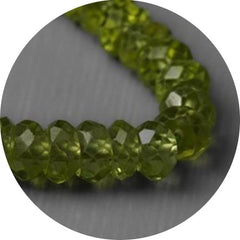



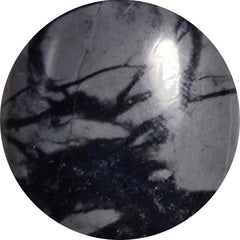
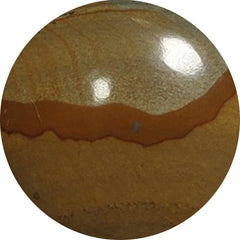
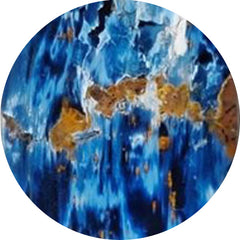



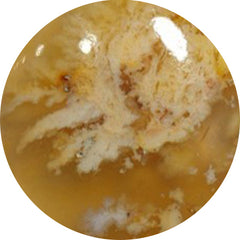

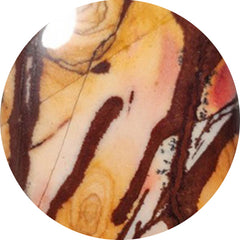
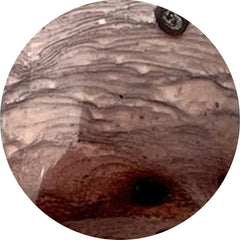



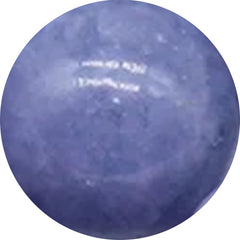



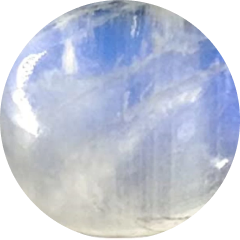

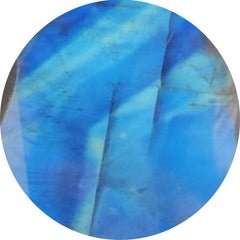

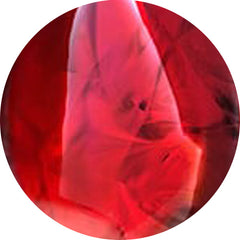
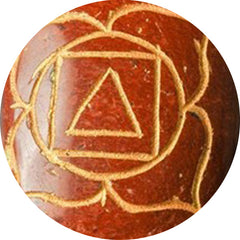


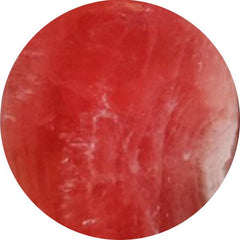

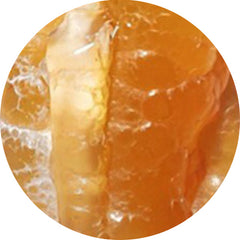


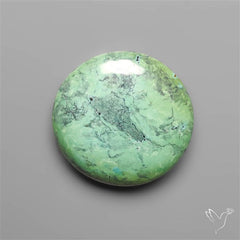


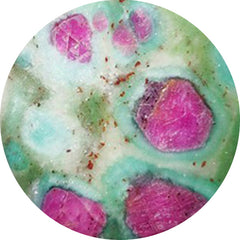
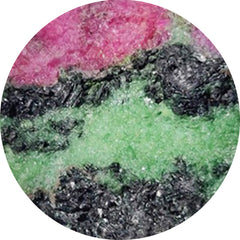
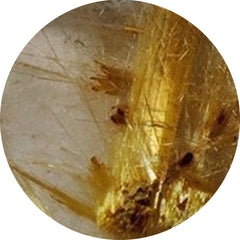


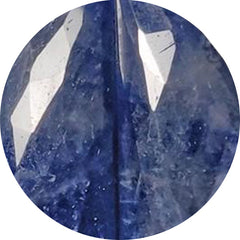
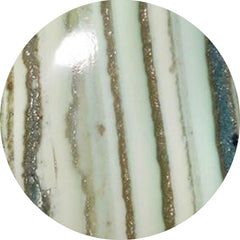
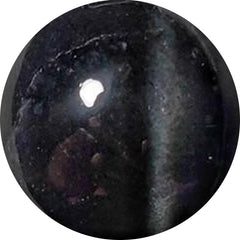
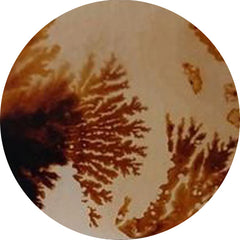

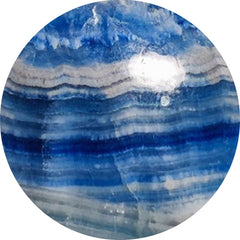
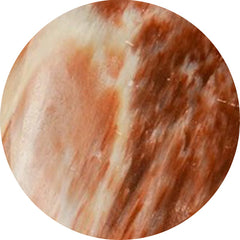


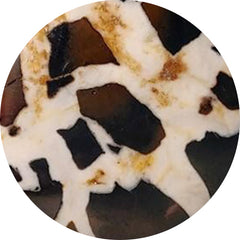

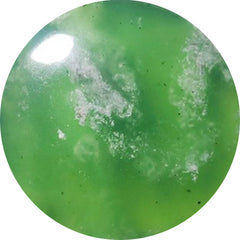

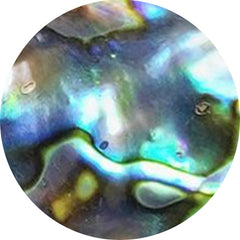
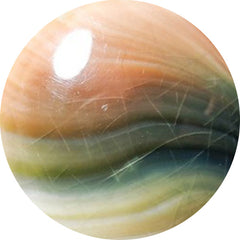
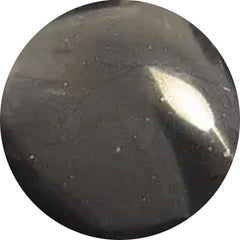

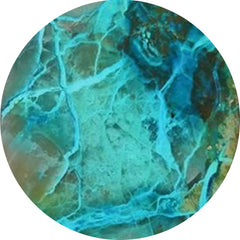


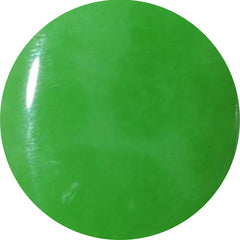


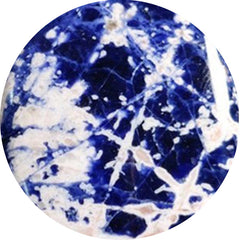
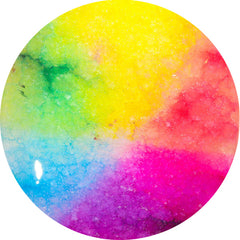

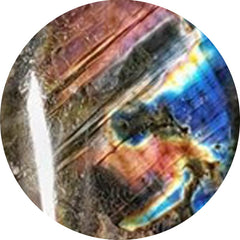
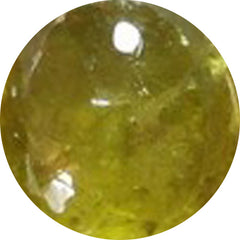

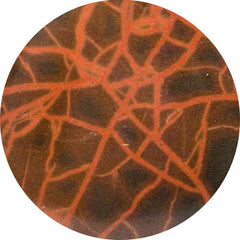

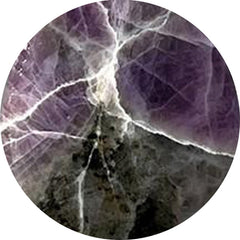
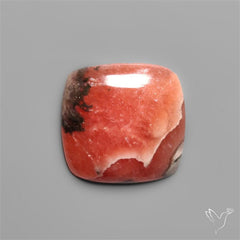

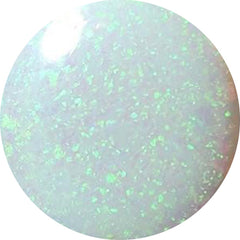
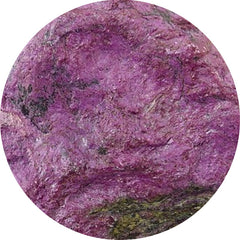
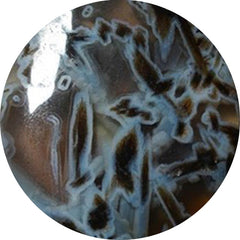



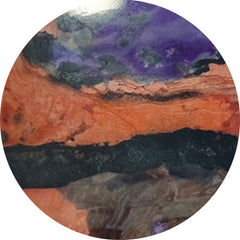
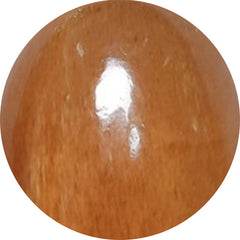
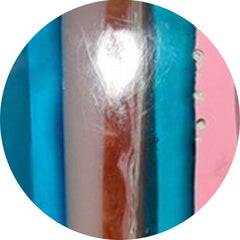


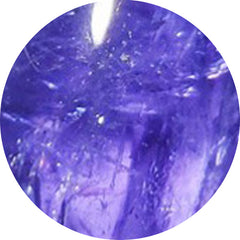

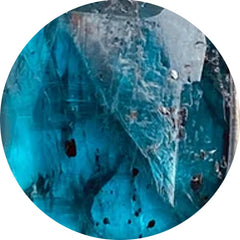
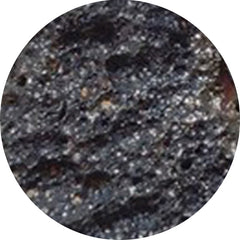
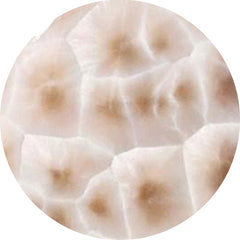


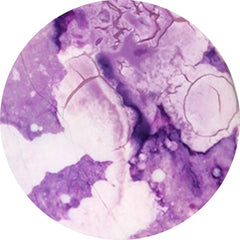

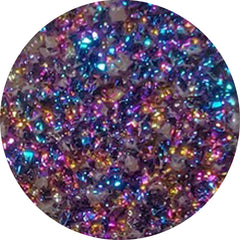
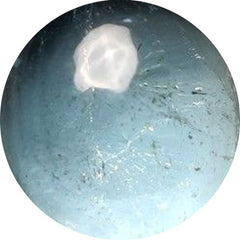

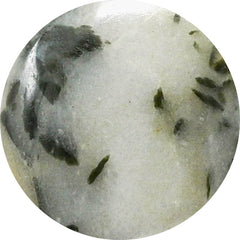

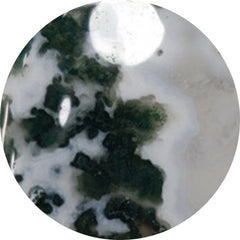
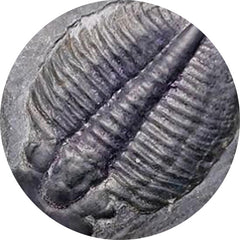
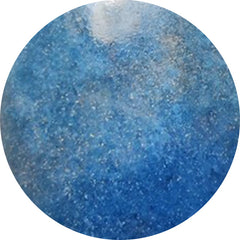
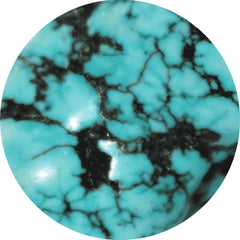
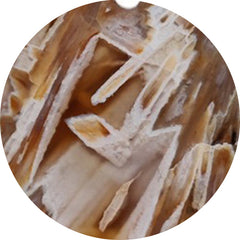
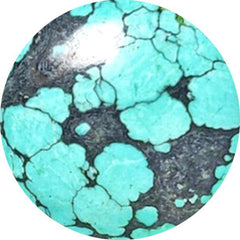


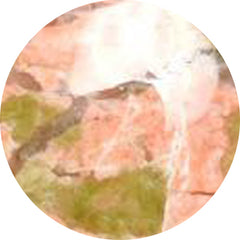
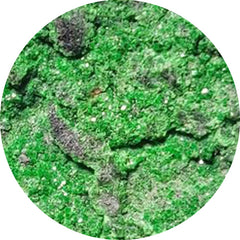
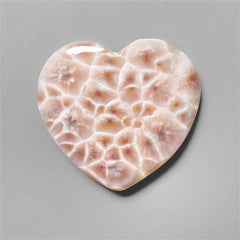







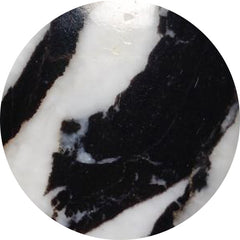

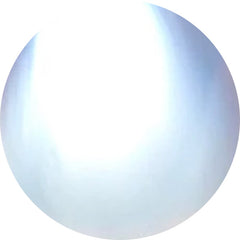




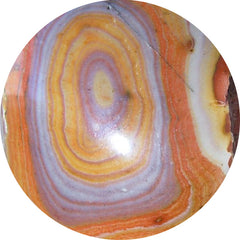
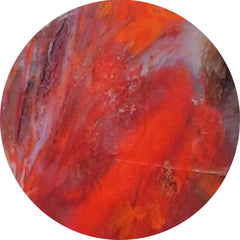
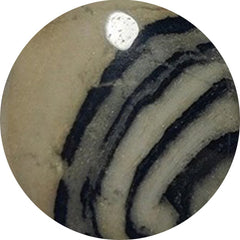
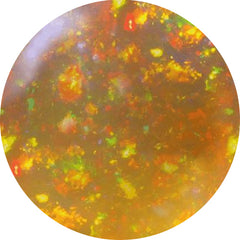
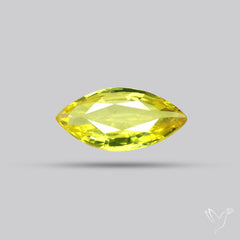

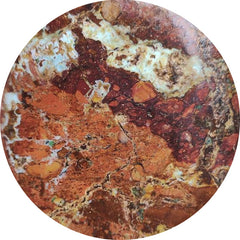
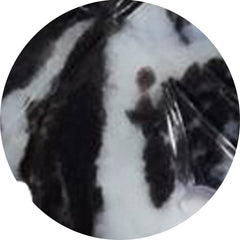

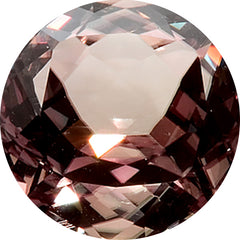


























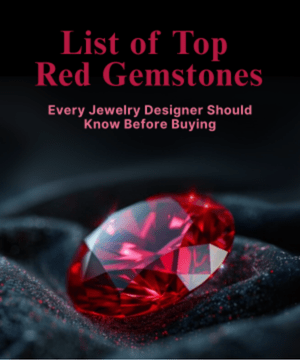
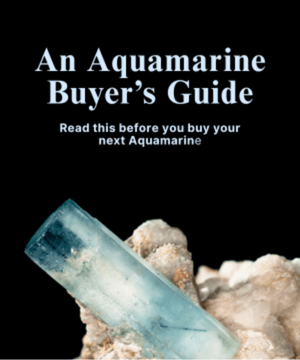


Leave a Comment